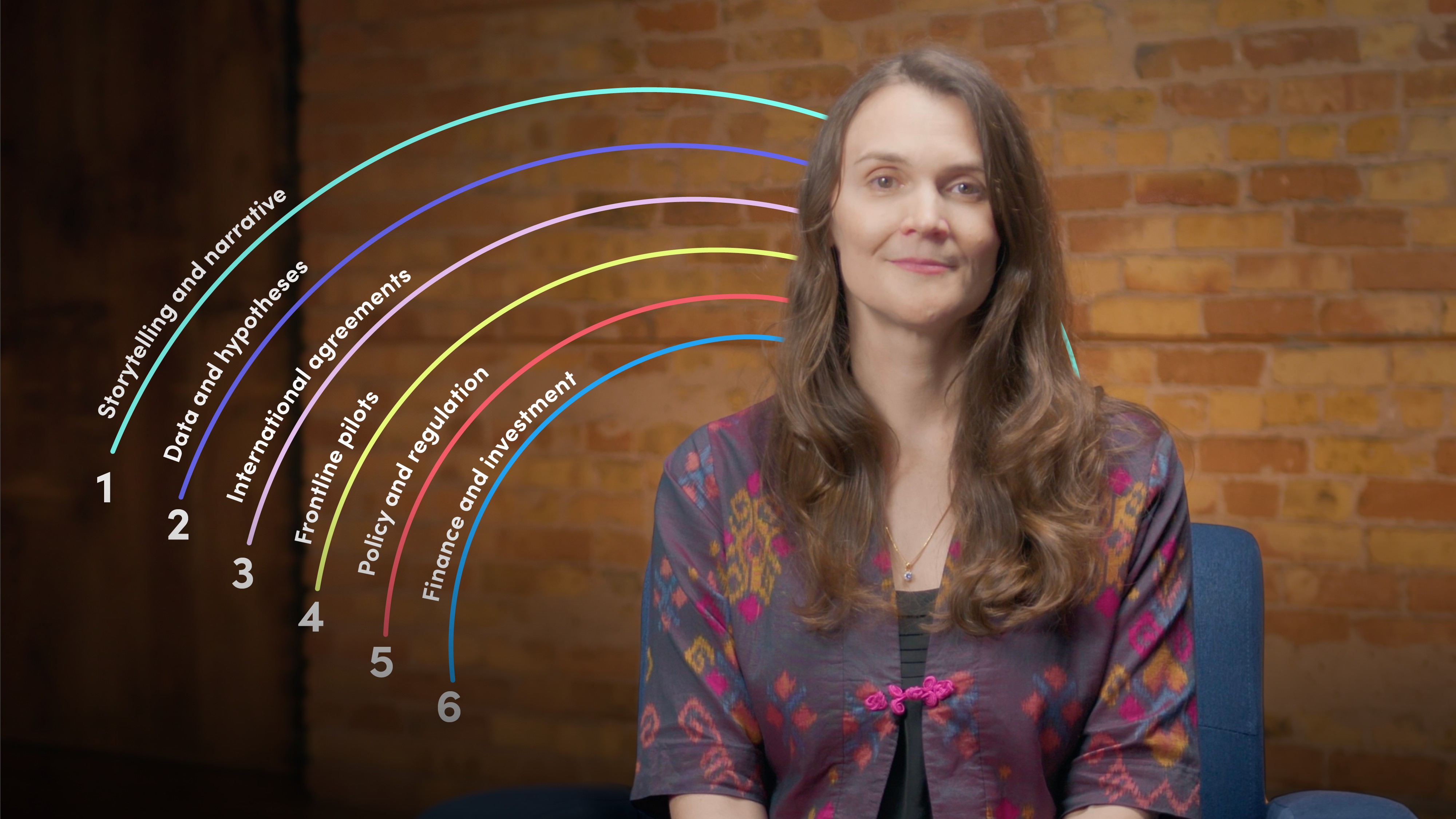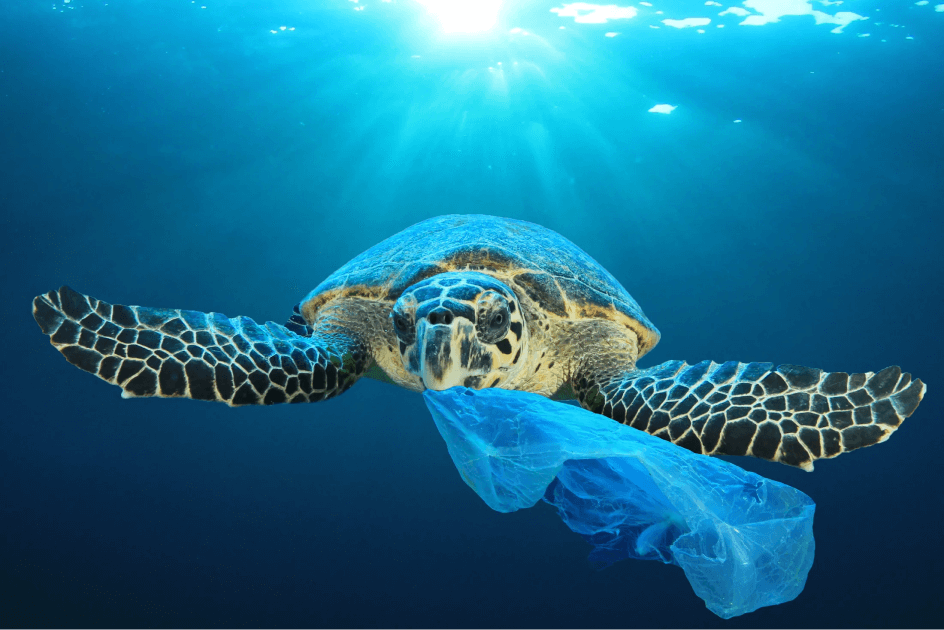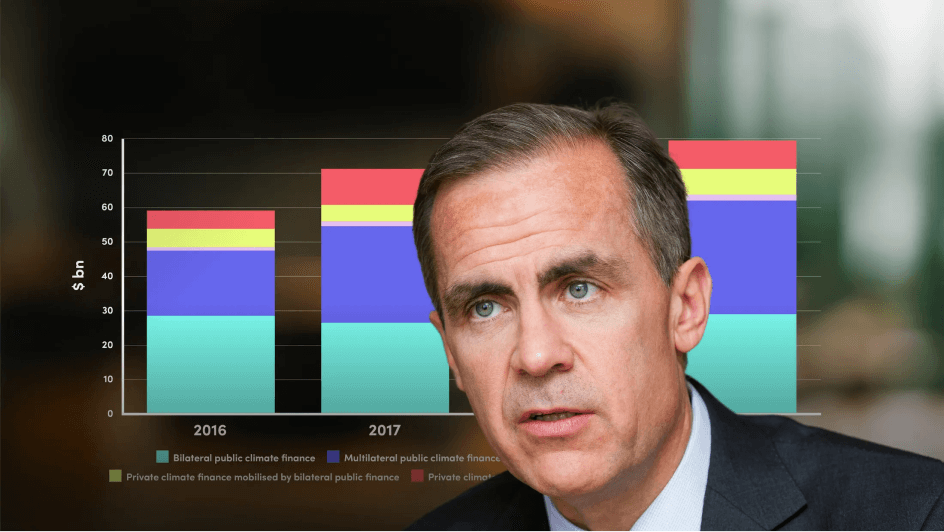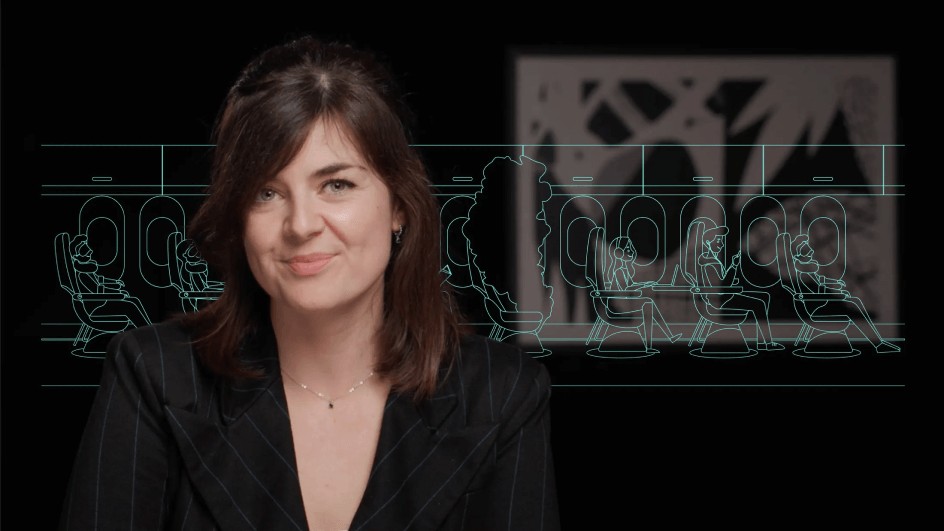
Case Study: How System Change Happens

Joi Danielson
System Change and Transformation Specialist
Changing a global system can seem impossible. But it’s not. Dive into two case studies with Joi Danielson, exploring how we’ve fought deforestation and plastic waste.
Changing a global system can seem impossible. But it’s not. Dive into two case studies with Joi Danielson, exploring how we’ve fought deforestation and plastic waste.
Subscribe to watch
Access this and all of the content on our platform by signing up for a 7-day free trial.

Case Study: How System Change Happens
9 mins 52 secs
Key learning objectives:
Outline how the spiral pattern of change unfolded with forestry
Outline how the spiral pattern of change unfolded with plastic waste
Overview:
Subscribe to watch
Access this and all of the content on our platform by signing up for a 7-day free trial.
- Storytelling: The forestry movement began with raw emotion and striking imagery - rainforests burning, species disappearing, and Indigenous communities displaced. The message “Save the Rainforest” was simple, powerful and sparked global awareness and compassion.
- Data: As public interest grew, the need for evidence became clear. During the 1980s and 1990s, satellite imagery and research from the UN’s Food and Agriculture Organization began revealing where and how fast forests were being lost. Carbon stock modelling deepened understanding of forests as vital infrastructure. The narrative evolved into one grounded in science: “Forests are the lungs of our planet”.
- Agreements: There was international coordination at the 1992 Rio Earth Summit and countries adopted the Forest Principles and laid the foundations for the Convention on Biological Diversity and the UN Framework Convention on Climate Change. These created a shared vision and accountability for forest protection.
- Pilots: New hypotheses were tested on the ground. The Forest Stewardship Council (FSC) was created to certify sustainable timber. Companies like IKEA and Home Depot adopted the system.
- Policy: Success from pilot projects encouraged governments to act. The EU introduced timber regulations to curb illegal logging, while national forest plans and procurement policies began incorporating certification standards. Policymakers started embedding sustainability into forest management systems.
- Finance: Scaling impact required financial innovation. REDD+ was launched, alongside voluntary carbon markets that issued credits for forest protection. Over time, climate finance expanded from philanthropy to large-scale investment, enabling forest protection to become a mainstream part of global environmental and economic systems.
- Storytelling: The plastics movement began with emotion-fuelled storytelling - images of turtles with straws in their noses, seabirds filled with plastic, and rivers overflowing with waste. Campaigns like “Ban plastic straws” and warnings that “there will be more plastic than fish in the ocean by 2025” captured global attention and outrage.
- Data: The emotional response created demand for facts. In 2015, Dr Jenna Jambeck’s landmark research provided the first global estimates of plastic entering the ocean from land-based sources, identifying the biggest contributors. This was followed by leakage models, country diagnostics, and brand audits, turning a vague concern into data-driven accountability.
- Agreements: With evidence in hand, global cooperation began. Early declarations evolved into structured frameworks like the Ellen MacArthur Foundation’s New Plastics Economy, which gave governments and businesses a shared vision for a circular plastics system. Momentum culminated in 2022 when 175 countries agreed to negotiate a legally binding Global Plastics Treaty.
- Pilots: On-the-ground innovation followed. Frontline pilots such as Extended Producer Responsibility (EPR) schemes, reuse models, and deposit-return systems emerged across Europe, Africa, and Asia. These experiments demonstrated practical ways to reduce plastic waste and proved that circular solutions could work in diverse contexts.
- Policy: Pilot success inspired policy change. Governments began banning plastic bags and straws, and many countries introduced EPR laws making producers accountable for the packaging they sell. These measures shifted responsibility from consumers to corporations and created enforceable systems for managing waste.
- Finance: To move from pilots to large-scale transformation, new financing mechanisms emerged. Plastic credits rewarded collection and recycling efforts, blended finance models reduced investment risk, and impact funds backed circular economy ventures. Global brands pledged billions towards waste infrastructure and material innovation, shifting plastics reform from grant-funded projects to investable, market-driven change.
Subscribe to watch
Access this and all of the content on our platform by signing up for a 7-day free trial.

Joi Danielson
There are no available Videos from "Joi Danielson"





























